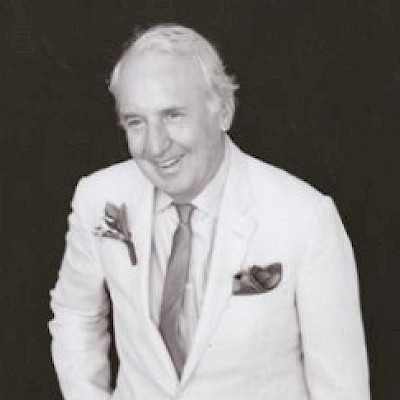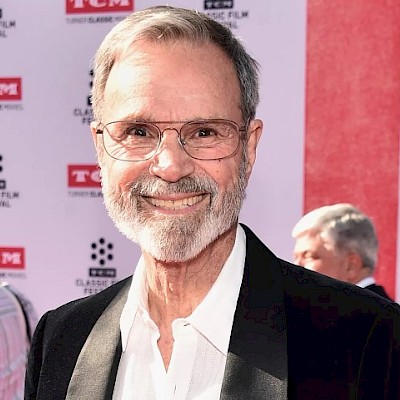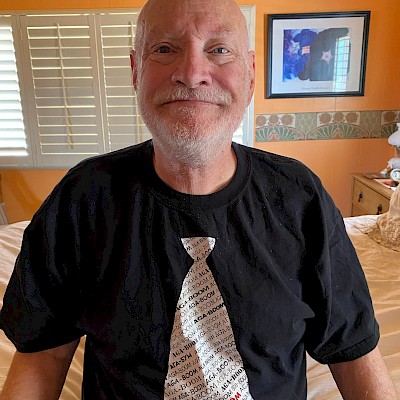
Ricardo M. Urbina
Ricardo M. Urbina, a trailblazing Latino lawyer who scored victories for civil liberties as an empathetic federal judge and for civil rights as a record-breaking track star — helping to fuel an epochal protest at the 1968 Olympics — died on Monday in Washington. He was 78.
His death, in an assisted living facility, was caused by complications of Parkinson’s disease, his son, Ian Urbina, said.
Judge Urbina, the first Latino appointed to the Superior Court of the District of Columbia and the United States District Court in Washington, figured most prominently in cases that originated with the federal government’s war against terrorism and that put him at odds with the administration of President George W. Bush.
In 2007, he extended habeas corpus rights to Shawqi Ahmad Omar, a citizen of Jordan and the United States who was about to be transferred to Iraqi custody to be tried as a terrorist.
In 2008, Judge Urbina ordered the release of a number of prisoners being held at the Guantánamo Bay detention camp in Cuba, including 17 from the Uyghur Muslim minority in western China. They had been imprisoned since 2002, but the judge ruled that they did not threaten the security of the United States.
In 2009, Judge Urbina dismissed the indictment of five Blackwater Worldwide security guards who had pleaded not guilty in the shooting deaths of 17 Iraqi civilians in Nisour Square in Baghdad while the guards were under U.S. government contract to escort an embassy convoy.
The judge accused State Department lawyers of a “reckless violation of the defendants’ constitutional rights” by claiming that they could be fired if they refused to be interviewed about the massacre and that their statements would not be used against them in a criminal proceeding. An appeals court reinstated the charges against four of the guards; they were convicted in 2014.
In 2010, Judge Urbina upheld the District of Columbia’s strict gun regulations, but his ruling was voided by an appeals court, whose opinion was affirmed by the U.S. Supreme Court.
As the first Latino federal judge in the District of Columbia, Judge Urbina worked tirelessly to “not be the first and only,” said Kenia Seoane Lopez, a Superior Court judge in Washington. “He personified dignity, integrity and commitment at the highest levels.”
Ricardo Manuel Urbina was born on Jan. 31, 1946, in Manhattan and was raised in East Harlem and then in Jackson Heights, Queens, where he moved with his family when he was 8. His father, Luis, an immigrant from Honduras, was a machinist. His mother, Ramona (Hernandez) Urbina, who was originally from Puerto Rico, was a secretary.
Ricardo was a high school and college middle-distance track star. He set several records at various distances as a student at Monsignor McClancy Memorial High School in Queens, from which he graduated in 1963, and he won several titles, including the 1966 NCAA indoor championship in the 880-yard run, as a student at Georgetown University.
In May 1966, The New York Times described his performance at a New York Athletic Club meet in Pelham Manor, N.Y., where he finished in one minute and 48.3 seconds, as “exceptional under any circumstances.” (It was disallowed as a meet record, The Times reported, only because the starting gun was fired before any official at the starting line had blown a whistle to alert the timers.)
Judge Urbina graduated from Georgetown in 1967 with a degree in English and Hispanic culture. “I had started college trying to fulfill my parents’ wish that they have a doctor in the family — but organic chemistry ate me alive,” he recalled in an interview with Columbia University’s Center for Oral History in 2013.
He was studying law at Georgetown when he was rejected for membership in the New York Athletic Club, where he would have been the first Black member. The club, which The Times described in 1967 as “a citadel of white Christianity,” was considered the pre-eminent training ground for college graduates aspiring to make the U.S. Olympic team.
He was told only that the membership “quota” of track and field athletes had been met, but in an interview in 1968 with The Hoya, the Georgetown student newspaper, Judge Urbina blamed “a 100-year-old history of discrimination toward Negroes, Jews and other minorities by the N.Y.A.C.”
Judge Urbina was listed as white on his birth certificate, but he identified as Black, as his mother had. He said at the time that he was less interested in becoming a symbol of the Black Power movement than in inspiring young Puerto Ricans, like those who cheered him at track meets with chants of “Vaya, Ricardo.”
“I got a lot from athletics that I couldn’t have gotten at home or at school,” he told The Times in 1967. “I learned to stick to something, have faith in myself and confidence in others, like the coach, and to look at people as equals.”
He missed making the 1968 Olympic team in the trials by less than a second.
His rejection in October 1967 prompted the Black Panthers to picket the Millrose Games at Madison Square Garden and triggered a boycott of the Athletic Club’s 1968 track meet, also at the Garden. The protest drew the support of the Rev. Dr. Martin Luther King Jr., Jackie Robinson and Muhammad Ali as well as the Black American sprinters Tommie Smith and Lee Evans.
Six months later, in what some viewed as a culmination of his challenge to the N.Y.A.C., during the medal ceremony for the 200-meter sprint at the Olympics in Mexico City, Mr. Smith and the Black American runner John Carlos, in silent protest over the plight of African Americans, raised black-gloved fists as the U.S. national anthem played and bowed their heads away from the American flag.
Decades later, Judge Urbina’s grandson, Aidan, would describe the episode in a school history project as “one of the most iconic Black protests in modern history.”
In addition to his son, Ian, a former reporter for The Times and the director of the Outlaw Ocean Project, a human rights and environmental journalism group, Judge Urbina is survived by a daughter, Adrienne Jennifer Urbina; his wife, Coreen (Saxe) Urbina; two brothers, Louie and Alberto Urbina; and his grandson. His first marriage, to Joanne Elizabeth McCarron, ended in divorce.
Judge Urbina was creative when it came to sentencing defendants. He required some to write books about their transgressions to help explain the impact their actions had on themselves and on others, and he ordered most of them to appear before him again every six months to measure their progress.
He meditated daily, and learned the Japanese martial art Aikido when he was in his 50s, according to a 2011 profile in The Washington Post.
“I try to see where my biases and prejudices that day are hiding,” he told The Post. “If you don’t find them, they have a tendency to come out at the most unusual of times.”
His priority, he said, was rehabilitation, to return defendants to society. “I do not have a passion for punishment,” he said. “If there is a way the court can contribute to the rehabilitation process, it is more likely the person will return to the mainstream.”
•
Remembering Ricardo M. Urbina
Use the form below to make your memorial contribution. PRO will send a handwritten card to the family with your tribute or message included. The information you provide enables us to apply your remembrance gift exactly as you wish.




